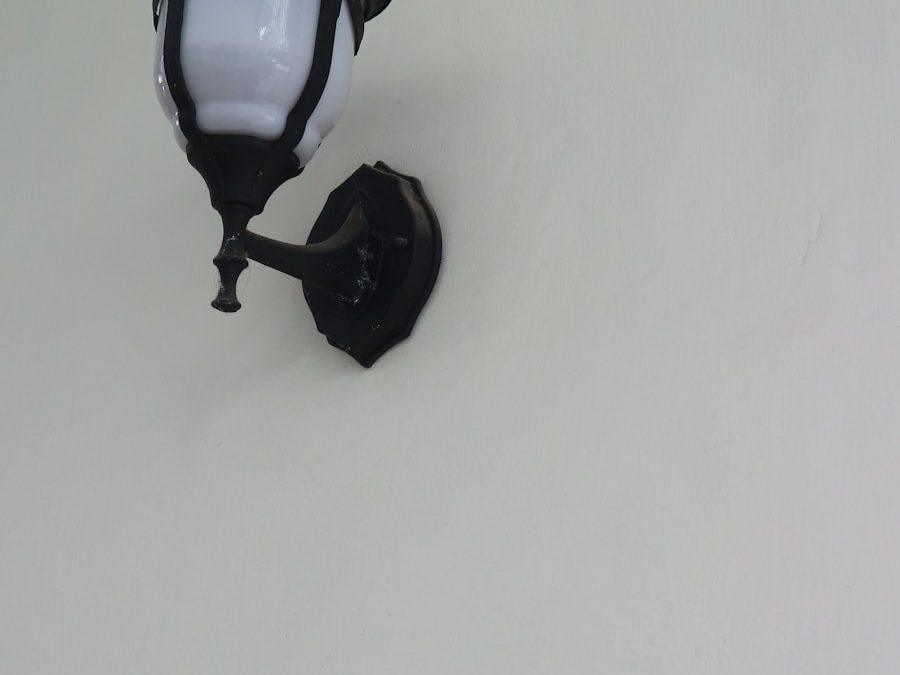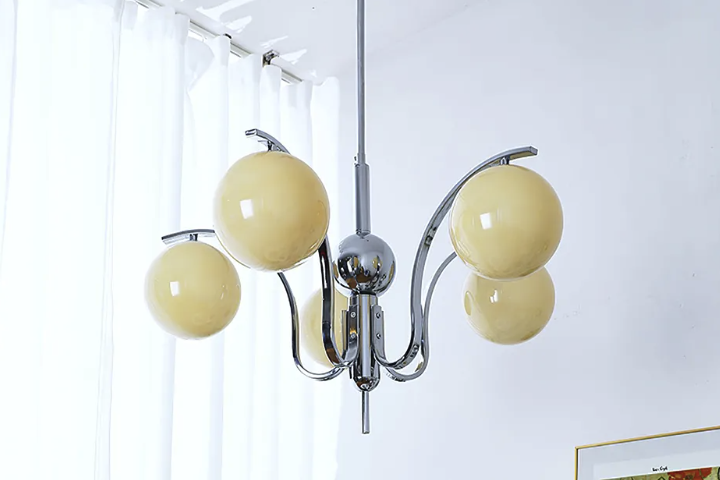Melt into the Brilliance: Exploring the Wondrous World of Tom Dixon’s Melt Light
Introduction
The world of design is always evolving and introducing new products that challenge our perceptions of aesthetics and functionality. One such product that has taken the design world by storm is the Melt Light by Tom Dixon. This innovative light fixture has caught the attention of design enthusiasts around the world with its mesmerizing design and unique features. In this article, we will explore the Melt Light and uncover what makes it so special.
What is the Melt Light?
The Melt Light is a series of pendant and table lamps that were first introduced by Tom Dixon in 2014. The design of the light fixture was inspired by the idea of melting glass and was created using a process called vacuum metallization. This process involves vaporizing a thin layer of metal onto the surface of the polycarbonate shade, resulting in a smooth, mirrored finish that reflects the surrounding environment.
The Melt Light has become popular because of its unique design. The light fixture comes in a range of different colors, including chrome, gold, and copper, each with its own distinct reflectivity. The light fixture also features an organic, asymmetrical shape that gives it a fluid, molten appearance, making it look like it is melting before your eyes.
Why is the Melt Light so special?
The Melt Light has a number of features that make it stand out from other light fixtures on the market. One of the most unique features of the Melt Light is its mirror-like finish. Unlike other light fixtures that emit light in a specific direction, the Melt Light reflects the surrounding environment, creating a mesmerizing visual effect that changes with the lighting conditions and the angle at which it is viewed.
The Melt Light is also special because of its versatility. It can be used in a variety of settings, from minimalist, modern spaces to more traditional, classic environments. Its fluid, organic shape and mirrored finish make it the perfect statement piece for any room or setting.
Another reason why the Melt Light is so special is that it is a product of Tom Dixon’s design philosophy, which emphasizes a balance between art and functionality. Dixon believes that design should not only be aesthetically pleasing but also serve a practical purpose. The Melt Light is a testament to this philosophy, as it not only looks beautiful but also provides practical lighting that can transform any space.
Design and Materials
The design of the Melt Light is simple yet elegant. The light fixture consists of a polycarbonate shade that is vacuum-metallized with a thin layer of metal. The shade is then attached to a pendant or table lamp base made of chromed or plated steel.
The materials used in the Melt Light are carefully chosen to ensure durability and longevity. The polycarbonate shade is highly durable and resistant to impact, making it ideal for use in environments where the light fixture is likely to be bumped or knocked. The metal coating is also highly durable and resistant to scratches and chips, ensuring that the light fixture remains looking as good as new for years to come.
Conclusion
The Melt Light by Tom Dixon is truly a wondrous product that has captured the hearts of design enthusiasts around the world. Its unique design, mirror-like finish, and versatile nature make it the perfect statement piece for any room or environment. Furthermore, its use of high-quality materials means that it is built to withstand the test of time, ensuring that it remains looking as beautiful as the day it was purchased for years to come. If you are looking for a light fixture that is not only beautiful but also practical, the Melt Light is definitely worth considering.



